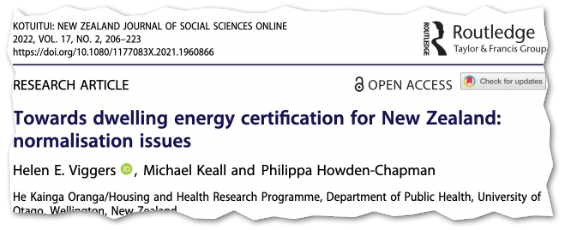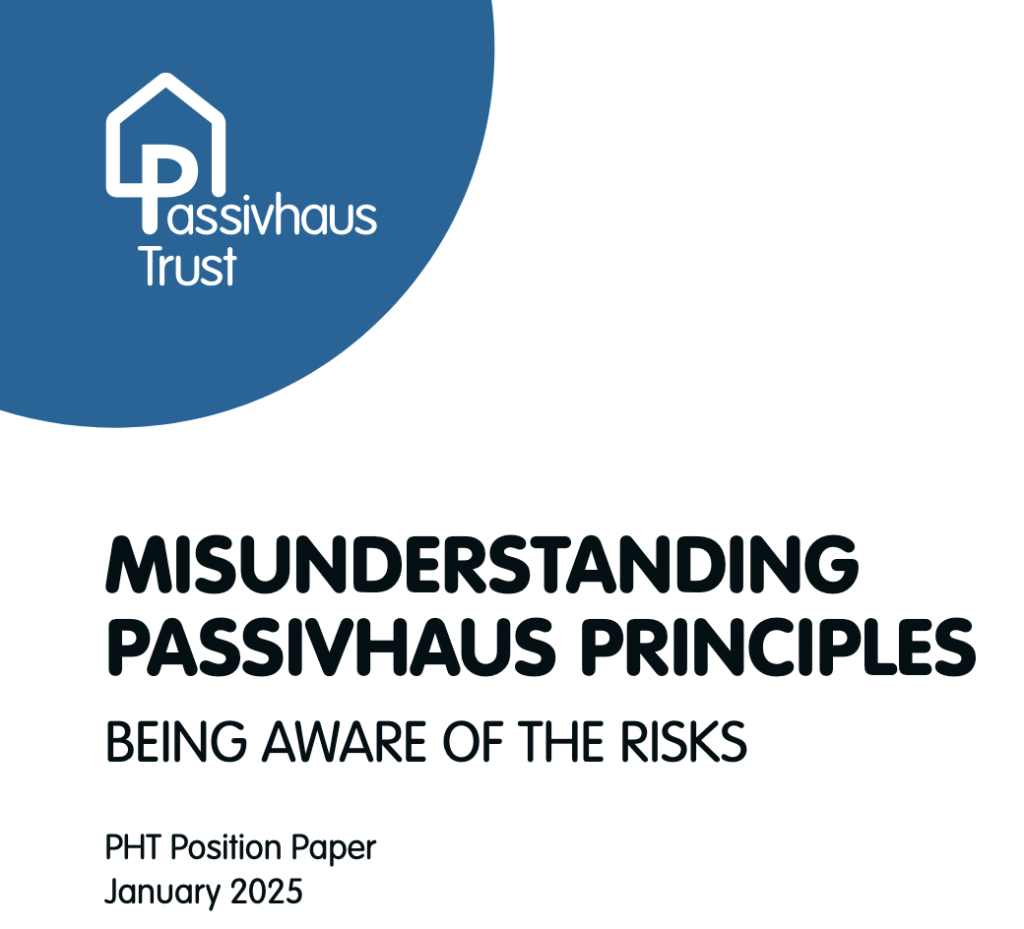New research is a sharp reminder that if New Zealand wants a stable, affordable, 100% renewable grid, reducing demand is just as critical as increasing supply. The choices we make—about the efficiency of the cars we buy and, even more importantly, the performance of the buildings we live and work in—are all connected. While New Zealand’s uptake of electric vehicles …
How much is healthy indoor air worth? This study has an answer

The energy savings offered by building to the Passive House standard are easy to quantify. The comfort and healthiness of these homes is very much felt by those living in them but quantifying these benefits that come from living in a warm, dry, properly ventilated home has been difficult. However, a recent article in ASHRAE Journal takes us forward in …
Energy performance certificates for NZ homes

Talk of mandatory energy performance certificates (EPC) for New Zealand homes is always guaranteed to spark a lively debate. I admit to still being a bit on the fence on this issue. But the study I discuss below does recommend most of what I’d like to see included, should such a programme be introduced to Aotearoa. Two things are controversial: …
That’s not Passivhaus, that’s just expensive

Years ago I warned of what I dubbed cargo-cult architecture, where architects throw in a few high-performance components like expensive windows and lots of insulation and expect a high-performance building to magically result. It’s a recipe for disaster and particularly risks creating houses that are unbearably hot in summer. This approach is based on guesswork and magical thinking, not building science. …
Winthrop Center: world’s largest Passive House office space

I visited a bunch of big American Passive House projects while in the US last year to visit family. Among these was the Winthrop Center in Boston, MA. It’s currently the world’s largest Passive House office space, with 70,000m2 on offer. The building is about twice that size, as it also includes retail and residential space. Usually certification is on …
What I saw at Thrive: a model Model

Everybody was talking about Model and with good reason. Conference organisers gave this property developer and its consultants a lot of time to talk about its concept and the work currently in early design stage. Model describes itself as an “Australian purpose-first build-to-rent group” which is a bit of a mouthful, but its intentions are ambitious: “Our projects – designed …
As-built tests for thermal performance of building envelopes

Of course I’m going to love a presentation that included differential equations! Fellow engineers Cameron Munro (Passive Analytics) and Harley Truong (Logikhaus) put their heads together shortly before the conference to envisage what form a new as-built measure for the performance of a building’s thermal envelope might take—the equivalent of a blower door test for testing airtightness. This is a …
Energy-efficient homes sell for (a lot) more

UPDATE [11 July 2024] This post, first published on 13 June, has been edited. See the addition under the Methodology heading below. We’re not putting too much weight on its claims now we have looked at the methodology involved. For years, I’ve been worried that professional valuers in New Zealand might not properly account for the superior performance of a …
A new conversation about housing in New Zealand

If you’re in the business of designing, building or advocating for better buildings in New Zealand, you need to read “Homes that meet our real needs“, a BRANZ report written by The Workshop. It’s a deep dive into how New Zealanders think and talk about their homes. Some of the insights will be familiar to those of us who have …
